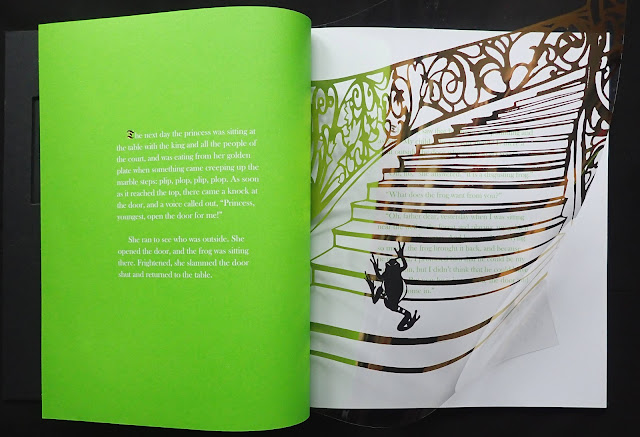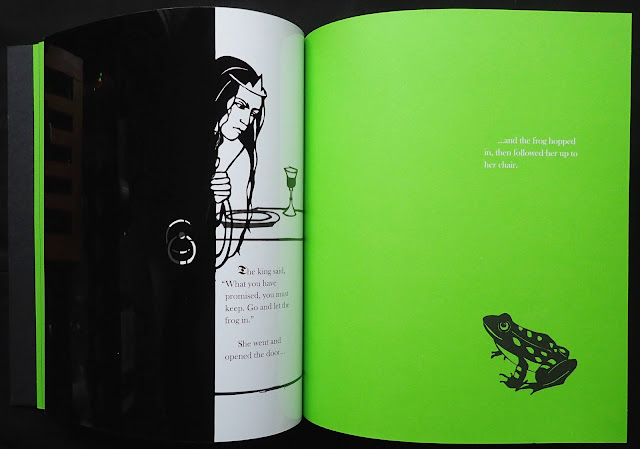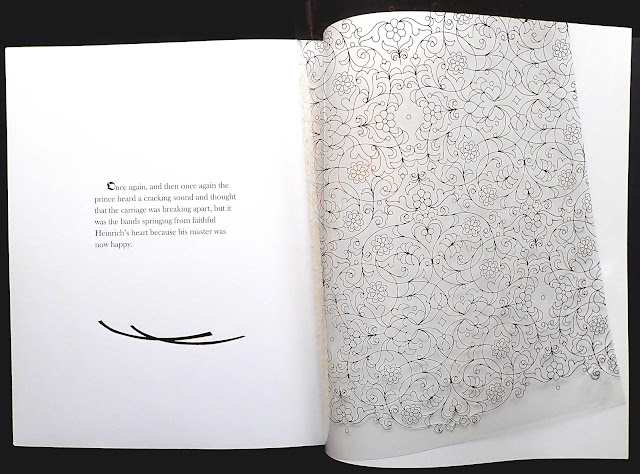The book came out in 2015 which is you can pick up a copy really cheaply. The essence of the title is ten buildings with step-by-step visual instructions, just like the real LEGO instructions. There are a couple of other instructions to show a load-bearing structure and a curtain-wall building that could be part of your own building. Of the ten models, I loved the Art Deco movie theater.
For best results, I think you should have the LEGO Architecture Studio box though I don't think the company sells this anymore. All the how-to-make models are shown as mono photos and the Architectural box only has white pieces (but with clear acrylic window pieces).
The book is also a sort of primer about architecture but very superficial I thought the color photos of the building were rather well chosen and they are all captioned. Many of the buildings are also LEGO models made by professionals and using thousands of pieces.
I think it's well worth getting if you can find a cheap, good copy, say, less than eight dollars.



























































